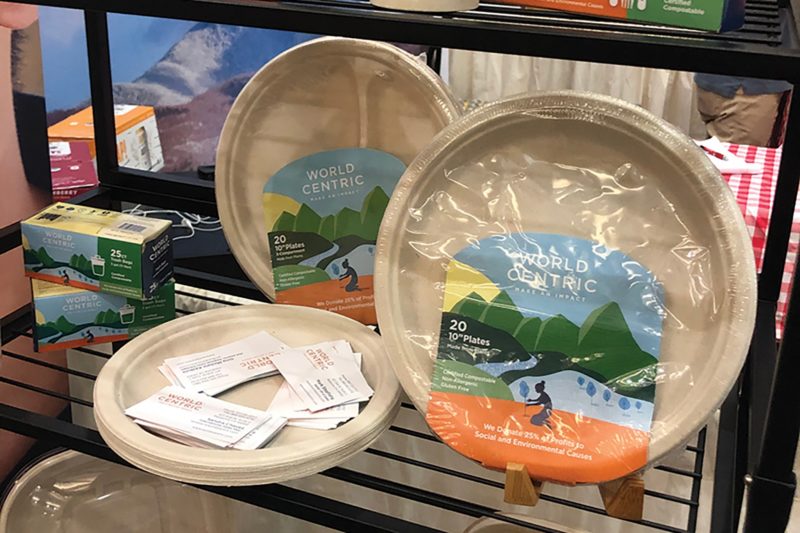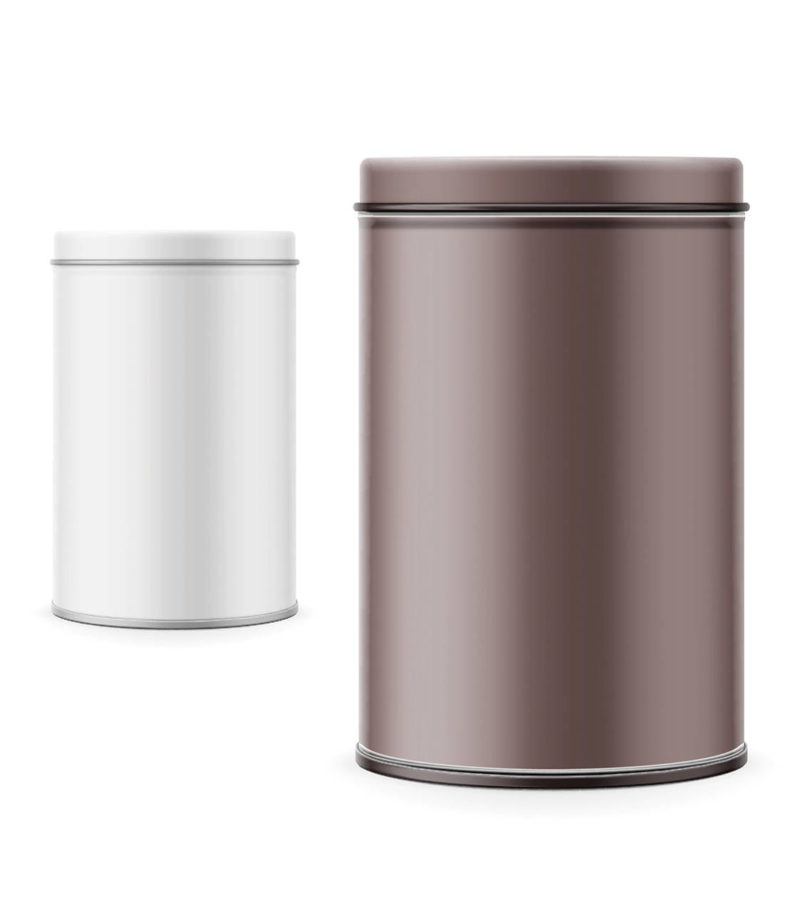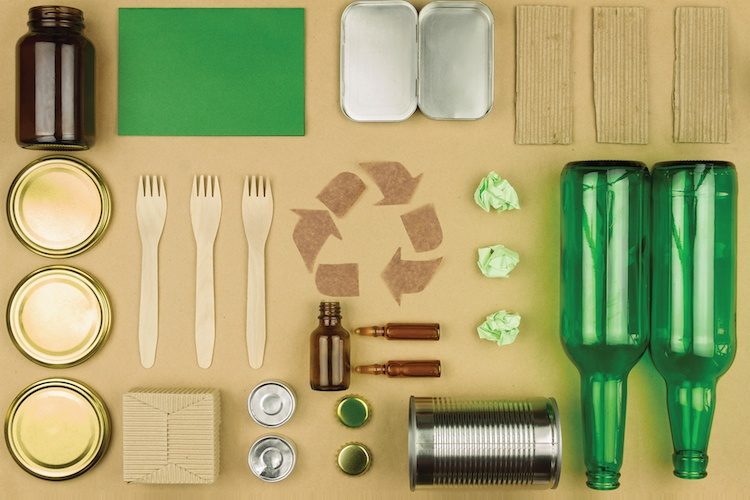The biggest concern right now: Plastic packaging. According to the EPA report, in 2015 14.6% of plastic containers and packaging was recycled; 16.8% was combusted with energy recovery; 68.6% was landfilled (1). Results of the 2018 Sustainable Packaging Study, conducted by Packaging Digest in partnership with the Sustainable Packaging Coalition, revealed that 69% of packaging, plastics and sustainability professionals surveyed feel “a high level of environmental concern around plastic packaging”—and specifically about pollution in our oceans and waterways. Nine in 10 (93%) of the packaging professionals surveyed believe environmental concerns regarding plastic packaging will continue to grow (2).
“There seems to be a war on plastic right now, largely driven by consumers’ outcry against single use plastics after many viral videos of sea turtles or other animals harmed by ocean plastics,” say Alison Younts and Sarah Zerhusen, sustainability consultants at Trayak LLC. “We see many companies focusing on transitioning from petroleum plastic to a bio-plastic, paper-based alternative, or a reuse model such as Loop.” For those who aren’t familiar, Loop is a global waste-free shopping system using “the milkman model”—consumers buy products in packaging that can be returned and refilled.
The trend toward flexible packaging also shows no signs of slowing, report Younts and Zerhusen. “Bio-based compostable or biodegradable films are in nearly every company’s packaging discussions to address consumers concerns of non-recyclable multi-material petroleum-based films.”
“Most consumers today are aware of the urgency of sustainability measures,” shares Brendan O’Connor in “What Consumers Look For In Product Packaging” on www.VirtualPackaging.com. “Creating a package with minimal waste and energy usage will attract these eco-conscious customers—not to mention the fact that it is simply a good thing to do!” (3)
Speaking at a session titled “Exploring the Paradox: How to Create Products That Are Sustainable, Healthy AND Convenient” at Natural Products Expo East in Baltimore in September, Ryan Lewis, founder & CEO of EarthHero, a B Corp that is an eco-friendly online marketplace featuring sustainably made and zero-waste products, stressed that packaging is a big consumer concern right now. “If you’re making a product, bake into that product the best version of whatever it is that you need,” he encouraged, adding that if plastic is the usual go-to for packaging your type of product, there are plenty of plastic-free alternatives. And for companies making the sustainable switch, Lewis suggests, “Align yourselves with other brands that have the same ethos. B Corp is a great example of that. You’re going to learn a lot, meet fellow businesses that have had similar problems and have already solved those, and you’ll get inspiration and focus.” He also points to Climate Collaborative and 1% For The Planet as organizations that can offer inspiration and guidance with sustainability efforts.
Ditching Plastics in Delis and Cafes

In August, PCC Community Markets introduced a collection of new compostable deli containers to its 11 Puget Sound-area stores. According to a press release from the company, this change will eliminate more than 8 million pieces of petroleum-based plastic packaging from the supply chain each year, which accounts for more than 80% of the plastic packaging used in PCC’s scratch-made deli. This is a step toward reaching a goal set by the co-op in 2018 to eliminate all petroleum-based packaging from its deli by 2022.
“According to scientists, plastics persist in the environment for generations and over 700 marine species are impacted by them,” said Brenna Davis, PCC’s VP of social and environmental responsibility. “PCC wants the scratch-made food served in our deli to be both good for you and good for the environment. And for us, that includes the ingredients from which it’s made and the packaging in which it’s served.”
Success, of course, is dependent on consumers carrying the efforts through. To that end, PCC has a campaign to educate members and shoppers on proper disposal of the compostable items in the co-op’s stores as well as at home. According to the announcement, the campaign will introduce a bold “compostable” logo which will be printed on much of PCC’s compostable deli packaging, including the new deli half-pint, pint and quart containers, cold and hot drink cups, cup sleeves, soup containers, napkins and pizza boxes. PCC added that the logo is open-source, which allows other retailers and businesses to use it as well.
One option for cafes, markets and delis: Products from World Centric, a B Corp that provides 250 food service compostable products—plus donates 25% of their net profits to environmental issues. WholeFoods caught up with Mark Stephany, SVP of sales, at Expo East to learn about their offerings, including the new No-Tree-Cold Cups, which are 100% compostable and made from sustainably sourced bamboo paper (rather than the conventional food paper and petroleum plastic). These cups compost in 3 to 6 months in a commercial composting system.Making the switch to sustainable “For companies who are hoping to take a first step in moving towards sustainable packages,” Younts and Zerhusen say, “a quick win could be light-weighting/right-sizing their packaging system where possible.” If the packaging system is optimized, they add, then the brand can start looking into where their products are being sold, used, and ultimately disposed. This is key: “The brand should have a good grasp on their consumers’ accessibility to recycling/composting facilities. If the brand switches to a compostable package, but a majority of consumers do not have access to compost sites, then the composability of the package is moot.”
For companies looking to change formats with a focus on alternative materials that are more sustainable, Younts and Zerhusen point to Trayak’s EcoImpact-COMPASS (Comparative Packaging Assessment) tool. “[It] allows packaging designers, sustainability professionals, and engineers to model packaging systems and/or products to calculate environmental impact in the form of a Life Cycle Assessment,” they explain. “The data and insights can be then incorporated into decision making, reporting, and tracking sustainability goals. This integration leads to measurable and lasting results for material optimization, waste reduction, manufacturing efficiency, and profitability.”
Think about ink, too. According to materials provided by Eagle Flexible Packaging, everything the company prints and produces is done with low VOC water-based inks and adhesives. The vertically integrated company, which offers eco-friendly, sustainable packaging solutions, also notes that new biopolymers are ever-evolving, so they are continually researching and working with suppliers to create functional options that meet sustainable packaging needs.
Seeing it through Unfortunately, say Younts and Zerhusen, wasted efforts are a concern. “Many companies focus on increasing recyclability of their packages, but fail to communicate to consumers how to recycle the package. Sustainable Packaging Coalition’s How2Recycle label helps standardize and streamline the information for the consumer, increasing recycling rates and decreasing contamination in recycling streams.”
How2Recycle is described as “the next generation recycling label” that informs consumers how to recycle accurately and where to go if they need to find information specific to their municipality. According to the Sustainable Packaging Coalition, it can be applied to any consumer product packaging, made of any packaging material or format. Visit www.sustainablepackaging.org for more information.
The new science-based design trend: Matte
 At Expo East, WholeFoods stopped by the booth of Virtual Packaging, which takes a company’s digital designs and turns them into functional and interactive physical mock-ups. A trend spotted there: Matte. Brendan O’Connor discusses the trend on www.VirtualPackaging.com: “One of the most challenging aspects of packaging design is getting your product to stand out from all the others on the shelf. For those offering healthy, natural and organic products it can be even more difficult because your consumer needs to first notice the product to read its natural properties. Luckily, recent packaging designers have found a way to make healthy, natural products stand out on the shelves. And, no, it’s not because the packaging has ‘ORGANIC’ in large, capitalized letters. We are, of course, talking about matte treatments” (4).
At Expo East, WholeFoods stopped by the booth of Virtual Packaging, which takes a company’s digital designs and turns them into functional and interactive physical mock-ups. A trend spotted there: Matte. Brendan O’Connor discusses the trend on www.VirtualPackaging.com: “One of the most challenging aspects of packaging design is getting your product to stand out from all the others on the shelf. For those offering healthy, natural and organic products it can be even more difficult because your consumer needs to first notice the product to read its natural properties. Luckily, recent packaging designers have found a way to make healthy, natural products stand out on the shelves. And, no, it’s not because the packaging has ‘ORGANIC’ in large, capitalized letters. We are, of course, talking about matte treatments” (4).Some new science to consider: Researchers Eva Marckhgott and Bernadette Kamleitner of the Vienna University of Economics and Business conducted a series of studies exploring how matte packaging impacts consumer perception. In their report “Matte matters: when matte packaging increases perceptions of food naturalness,” they explain that matte is most effective at making products that are not perceived as healthy (think soda) seem healthier to consumers. Matte doesn’t have the same effect on products that consumers already consider to be healthy.
That said, for healthy products, matte does have a benefit (beyond standing out among all the shine on the shelf): When the researchers looked at the impact of matte on a healthy protein bar, they found that claims on the label (like “all natural’) were considered to be more believable on matte packaging than on shiny (5).Planning for the future What emerging trends should manufacturers have in mind for the future? Younts and Zerhusen say the trend toward bio-materials such as sugarcane, wheat straw, bagasse, and molded pulp/fiber will continue to grow. “There is a strong interest in circular economy to keep valuable materials circulating longer in the ecosystem. Although, building these ecosystems will take time. Lots of innovation is taking place in incorporating agricultural by-products into packaging. This diversion from waste to useful products is good on social and environmental levels. Overall, the end of the life of the package is under the spotlight right now with companies feeling the pressure from consumers to make better packaging for the environment, especially in the context of micro and macro ocean plastics. This driver could bring about more biodegradable/compostable packaging as well as durable, reusable formats.”
More inspiration! Find expanded coverage on www.WholeFoodsMagazine.com, where we will look at manufacturers that focus on sustainable and recyclable packaging. WFReferences
- Facts and Figures about Materials, Waste and Recycling https://www.epa.gov/facts-and-figures-about-materials-waste-and-recycling/containers-and-packaging-product-specific-data; Accessed 9/15/19
- 2018 Sustainable Packaging Study conducted by Packaging Digest in partnership with the Sustainable Packaging Coalition https://sustainablepackaging.org/wp-content/uploads/woocommerce_uploads/2018/12/2018-Sustainable-Packaging-Study.pdf; Accessed 9/15/19
- Brendan O’Connor; “What Consumers Look For In Product Packaging” 3/27/19 https://virtualpackaging.com/news/2019/3/27/what-consumers-look-for-in-product-packaging; Accessed 9/15/19
- Brendan O’Connor; “Matte Treatments: How Does Matte Packaging Convince Consumers The Product Is Healthy?” 8/31/19 https://virtualpackaging.com/news/2018/8/31/matte-treatments-how-does-matte-packaging-convince-consumers-the-product-is-healthy; Accessed 9/15/19
- Marckhgott, E. & Kamleitner, B. Mark Lett (2019) 30: 167. https://doi.org/10.1007/s11002-019-09488-6; Accessed 9/15/19










